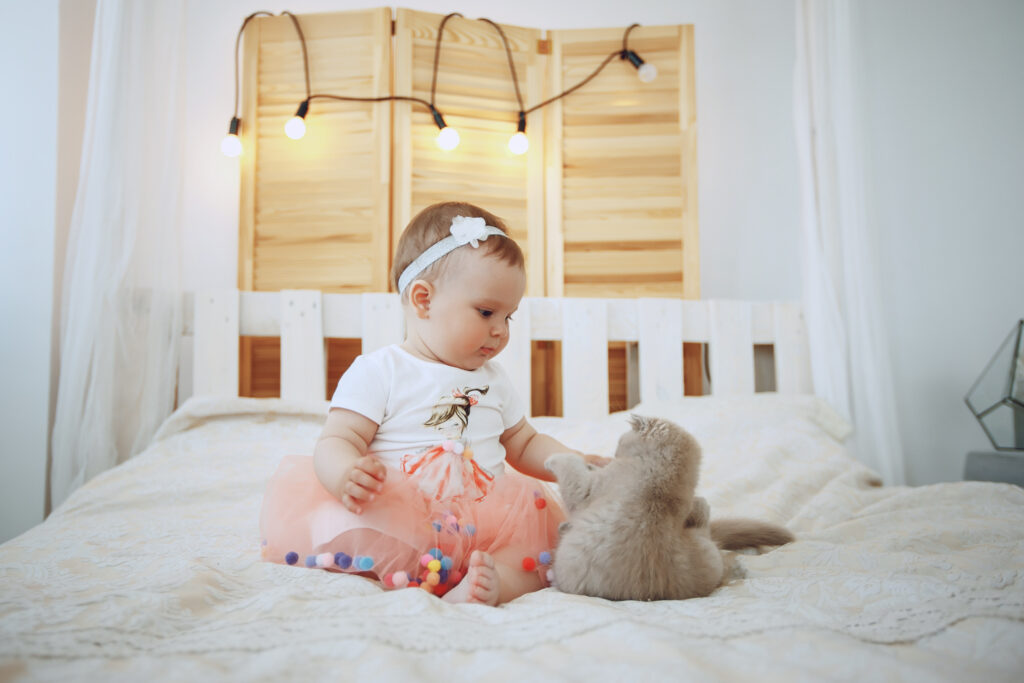
Sleep is one of the most important factors in a newborn’s growth and development. For new parents, ensuring that their baby gets enough rest can sometimes feel like a challenge(baby sleep solutions). This article offers practical tips on sleep training, bedtime routines, and establishing healthy sleep habits for newborns. We’ll also discuss the best sleeping positions and optimal bedtimes for babies to help you create a sleep-friendly environment.

Newborns require a lot of sleep—anywhere from 14 to 17 hours a day. However, they don’t sleep for extended periods like adults; they wake frequently for feeding and comfort. Most newborns will sleep in short cycles of 2-4 hours, gradually adjusting to longer periods of sleep over time. Knowing this helps parents set realistic expectations and implement routines that fit their baby’s natural rhythms.
A consistent bedtime routine can work wonders in helping your baby understand when it’s time to sleep. Babies thrive on routine, and creating one around bedtime can help signal to them that it’s time to wind down.

Sleep training involves teaching your baby to fall asleep independently and stay asleep through the night (baby sleep solutions). There are various methods for sleep training, and you can choose one that fits your parenting style and your baby’s temperament.
It’s important to remember that every baby is different, and sleep training doesn’t happen overnight(baby sleep solutions). It requires patience, consistency, and sometimes trying different approaches to see what works best for your child.


The best position for your baby to sleep in is on their back. According to pediatricians and sleep experts, placing a baby on their back significantly reduces the risk of Sudden Infant Death Syndrome (SIDS). This is the safest sleep position for babies, especially during the first year(baby sleep solutions).
Avoid these positions:
Newborns don’t have a set circadian rhythm yet, so the timing of their sleep may vary in the first few months. However, as babies grow older (around 3-4 months), they start developing more regular sleep patterns(baby sleep solutions). At this stage, you can start establishing a more consistent bedtime.
Your baby’s sleep environment plays a crucial role in how well they sleep. Here are some tips to make the space conducive to restful sleep(baby sleep solutions):

Newborns sleep frequently, but how much sleep they need varies with age:
Helping your newborn develop healthy sleep habits takes time, but with consistency and patience, both you and your baby can enjoy restful nights. From establishing bedtime routines to choosing the best sleeping positions, every small step counts towards creating a peaceful sleep environment(baby sleep solutions). Remember, every baby is different, and finding the right balance for your child’s sleep needs is key.
By following these tips, you’ll help your baby (and yourself) get the sleep you both need to stay healthy and happy.

SatynMag empowers women with inspiring stories, expert advice, and uplifting content to fuel their strength and dreams
Welcome to Satynmag S Suite, online knowledge platform for career and personal growth. This is where you can empower yourself with cutting edge knowledge, latest know-how and grow.


